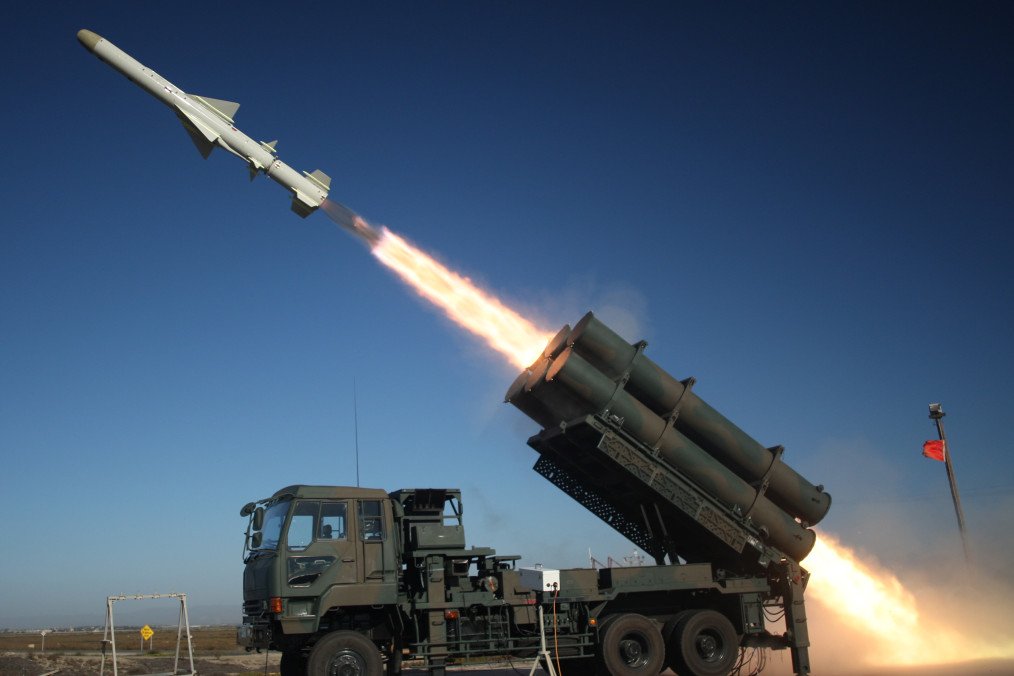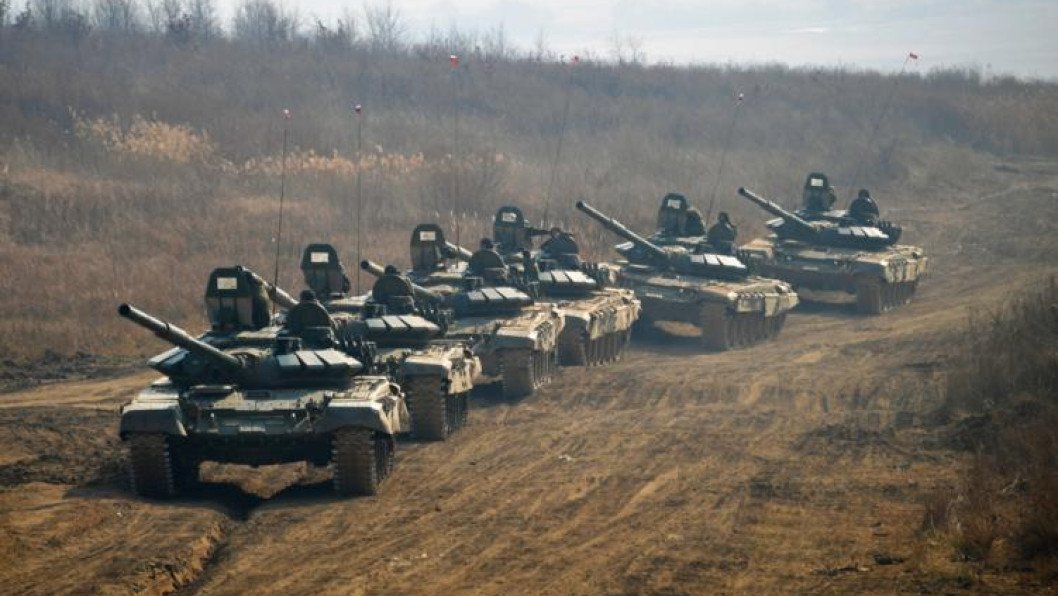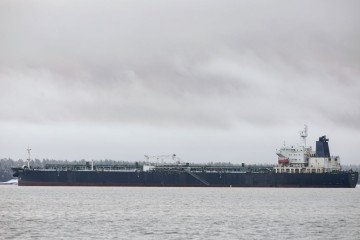- Category
- Latest news
Japan to Launch First-Ever Type 88 Missile Drill Near Disputed Russian-Claimed Kuril Islands

Japan’s Ground Self-Defense Force (JGSDF) is set to conduct the country’s first-ever live-fire training of the Type 88 surface-to-ship missile system on its mainland later this month—just off the northern coast of Hokkaido, close to the disputed Kuril Islands, a territory contested with Russia since the end of World War II, defense media Army Recognition reported on June 3.
Scheduled to take place between June 24 and 29 at the Shizunai Anti-Aircraft Shooting Range in Shinhidaka Town, Hokkaido, the exercise marks a major turning point in Japan’s defense doctrine. Until now, Japan had relied on overseas ranges in the US and Australia for such high-level drills.
The Shizunai range offers 1,256 square kilometers of restricted maritime airspace and is positioned near critical logistics hubs of the JGSDF’s Northern Army.

The drill will simulate coastal missile strikes against maritime targets, with one missile scheduled for launch on two separate days. Around 300 troops from the 1st, 2nd, and 3rd shore-to-ship missile regiments will take part, marking a substantial increase in both scale and complexity.
A core component of the drill is the Type 88 Surface-to-Ship Missile (SSM-1), a truck-mounted system developed by Mitsubishi Heavy Industries. Operational since the late 1980s, the Type 88 employs a solid-fuel rocket booster and turbojet-powered cruise missile with a range of roughly 180 kilometers.
It uses inertial guidance mid-course and active radar homing for terminal targeting, making it highly precise and central to Japan’s coastal A2/AD (anti-access/area denial) strategy.
The system is mounted on 8×8 wheeled transporter-erector-launchers (TELs), typically fielded in batteries of four launchers supported by command, radar, and reload vehicles.

While the hardware itself is well-established, this drill will focus on multi-domain combat coordination—especially the integration of ISR (intelligence, surveillance, reconnaissance) data into rapid precision strike operations. The goal: improving readiness for land-sea joint operations under realistic combat scenarios.
Though the JGSDF has not indicated any changes to the schedule, the proximity to Russian-claimed territories has sparked a diplomatic backlash. For Japan, however, the training represents more than a tactical milestone—it reflects a broader strategic shift toward increased operational autonomy and localized rapid-response capability.
Tokyo is also preparing to expand its missile training infrastructure with a new firing range on Minami-Torishima Island in the remote Ogasawara chain, slated to become operational in fiscal year 2026. This move underscores Japan’s intent to create a fully self-sufficient missile training ecosystem.
Earlier, Japan launched the construction of a new class of stealth patrol vessels in response to increasing Russian naval activity near its maritime borders.



-72b63a4e0c8c475ad81fe3eed3f63729.jpeg)


